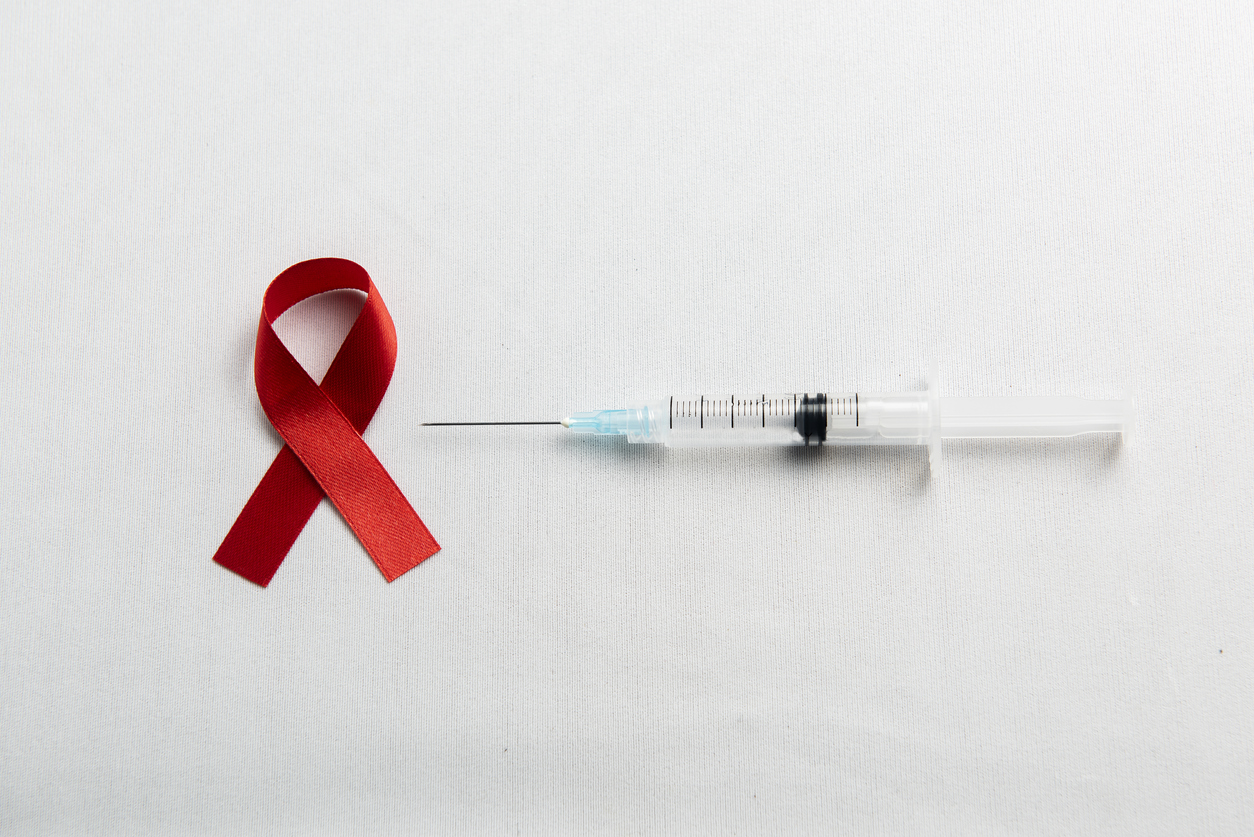2025-09-23
Sport & immunity: does the right dosage make the difference?
Public Health and Social Medicine
By Ana Espino | Published on september 23, 2025 | 3 min read
#Immunity #PhysicalActivity #HealthPrevention #PublicHealth
The immune system is a cornerstone of human health, ensuring the body’s protection against pathogens. Its proper functioning can be compromised by stress, aging, sedentary behavior, or poor lifestyle habits. In response to these disruptions, medicine often proposes pharmacological treatments—solutions that are typically short-term, reactive, and not well suited to a long-lasting preventive approach.
Physical activity emerges as a promising, sustainable, non-pharmacological tool to strengthen immunity. However, its impact remains ambivalent. While moderate practice improves natural defenses, excessive or poorly supervised effort can weaken the immune response and increase susceptibility to infections. This paradox highlights the importance of better understanding the mechanisms at play and adapting sports practices to individual capacities.
This study was therefore initiated to explore how the intensity, regularity, and type of physical activity influence the immune system.
Twenty-four studies were selected, totaling more than 18,000 participants aged 10 to 65 years, exposed to different physical activity protocols. These works reported both effort parameters (intensity, frequency, duration) and the immune responses observed. Standardized biomarkers were measured: immunoglobulin levels, NK cell activity, and concentrations of pro- or anti-inflammatory cytokines. The analysis made it possible to assess the effect of each type and intensity of physical activity on immunity, depending on training load.
The results show that moderate and regular physical activity effectively strengthens the immune system. It stimulates the production of defense cells, improves lymphocyte circulation, and increases immunoglobulin levels, which are essential for fighting infections. It also acts on metabolism and hormonal balance, contributing to an environment favorable to overall health. Sports practiced progressively not only strengthen immunity but also improve physical condition without excessive overload.
Conversely, overly intense training, poorly recovered, or repeated without adaptation can weaken natural defenses. It leads to a decrease in immunoglobulins, hormonal disruption, and an accumulation of toxic metabolites that weaken immune cells. This imbalance—or “immunity window”—temporarily increases the risk of infection. Proper recovery—including rest, nutrition, sleep, and alternating efforts—is essential to maintain stable immunity over time.
The immune system plays a central role in protecting the body, but it can be weakened by various factors, including poorly adapted physical activity. One of today’s challenges is to find the right dosage of effort to stimulate immunity without disturbing it, particularly among young people and intensive athletes. This is the perspective in which this study was conducted, to evaluate the impact of different intensities of physical activity on immune response.
The results confirm that moderate and regular exercise strengthens natural defenses, while excessive or poorly recovered training can cause transient immunosuppression. These effects vary according to training load, recovery quality, and individual profile.
However, the study presents certain limitations that highlight the need for further research. The development of personalized training programs—taking into account immune status, age, and fitness level—represents a promising path. An interdisciplinary approach, combining medicine, sports sciences, and human behavior, will be essential to make physical activity a structuring lever of public health.
About the author – Ana Espino
As a scientific writer, Ana is passionate about bridging the gap between research and real-world impact. With expertise in immunology, virology, oncology, and clinical studies, she makes complex science clear and accessible. Her mission: to accelerate knowledge sharing and empower evidence-based decisions through impactful communication.
#Immunity #PhysicalActivity #HealthPrevention #PublicHealth
The immune system is a cornerstone of human health, ensuring the body’s protection against pathogens. Its proper functioning can be compromised by stress, aging, sedentary behavior, or poor lifestyle habits. In response to these disruptions, medicine often proposes pharmacological treatments—solutions that are typically short-term, reactive, and not well suited to a long-lasting preventive approach.
Physical activity emerges as a promising, sustainable, non-pharmacological tool to strengthen immunity. However, its impact remains ambivalent. While moderate practice improves natural defenses, excessive or poorly supervised effort can weaken the immune response and increase susceptibility to infections. This paradox highlights the importance of better understanding the mechanisms at play and adapting sports practices to individual capacities.
This study was therefore initiated to explore how the intensity, regularity, and type of physical activity influence the immune system.
Too much or too little: When does effort really protect?
Twenty-four studies were selected, totaling more than 18,000 participants aged 10 to 65 years, exposed to different physical activity protocols. These works reported both effort parameters (intensity, frequency, duration) and the immune responses observed. Standardized biomarkers were measured: immunoglobulin levels, NK cell activity, and concentrations of pro- or anti-inflammatory cytokines. The analysis made it possible to assess the effect of each type and intensity of physical activity on immunity, depending on training load.
The results show that moderate and regular physical activity effectively strengthens the immune system. It stimulates the production of defense cells, improves lymphocyte circulation, and increases immunoglobulin levels, which are essential for fighting infections. It also acts on metabolism and hormonal balance, contributing to an environment favorable to overall health. Sports practiced progressively not only strengthen immunity but also improve physical condition without excessive overload.
Conversely, overly intense training, poorly recovered, or repeated without adaptation can weaken natural defenses. It leads to a decrease in immunoglobulins, hormonal disruption, and an accumulation of toxic metabolites that weaken immune cells. This imbalance—or “immunity window”—temporarily increases the risk of infection. Proper recovery—including rest, nutrition, sleep, and alternating efforts—is essential to maintain stable immunity over time.
Move, yes… but intelligently!
The immune system plays a central role in protecting the body, but it can be weakened by various factors, including poorly adapted physical activity. One of today’s challenges is to find the right dosage of effort to stimulate immunity without disturbing it, particularly among young people and intensive athletes. This is the perspective in which this study was conducted, to evaluate the impact of different intensities of physical activity on immune response.
The results confirm that moderate and regular exercise strengthens natural defenses, while excessive or poorly recovered training can cause transient immunosuppression. These effects vary according to training load, recovery quality, and individual profile.
However, the study presents certain limitations that highlight the need for further research. The development of personalized training programs—taking into account immune status, age, and fitness level—represents a promising path. An interdisciplinary approach, combining medicine, sports sciences, and human behavior, will be essential to make physical activity a structuring lever of public health.
Read next: Move to live better?
About the author – Ana Espino
PhD in Immunology, specialized in Virology

Last press reviews
Could cinnamon become a natural treatment for metabolic syndrome?

By Lila Rouland | Published on December 5, 2025 | 3 min read<br><br>...
Who is afraid of Christmas? Do holidays trigger psychiatric crises?

By Carolina Lima | Published on Décember 4, 2025 | 3 min read
Twice-yearly injections to change the game?

By Ana Espino | Published on December 3rd, 2025 | 3 min read